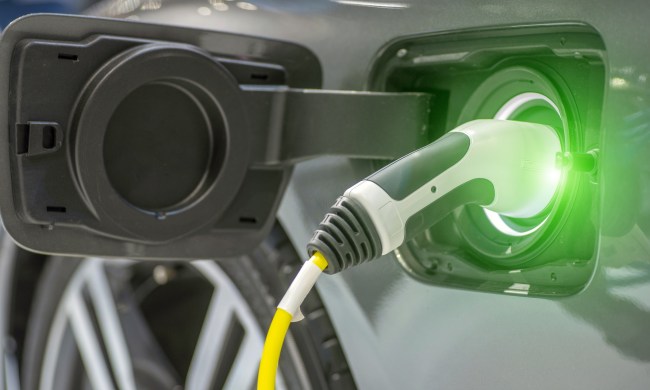The born-again Hummer isn’t scheduled to make its full debut until May 20, but General Motors president Mark Reuss started revealing what’s under the sheet metal during a presentation made to investors. He also confirmed that, as expected, the new electric drivetrain will help other brands enter the electric car and pickup segment.
“When we go to market, we’ll have one-, two-, and three-motor versions offering different ranges, different performance, and different price points to meet customers wherever they may be. If the customer wants a basic package, we’ll have that. If the customer wants true off-road capability, and towing capability, we’ll have that, too,” Reuss declared. That’s admittedly not much, but it’s enough for me to start filling in the puzzle.
Reading the tea leaves reveals the entry-level Hummer will offer two-wheel drive, while the midlevel and range-topping versions will benefit from all-wheel drive. In this case, two-wheel drive almost certainly means rear-wheel drive, because I can’t imagine Hummer bringing a rugged truck to the market with front-wheel drive. The lone electric motor Reuss referenced will be positioned over the rear axle, like in most electric cars currently available.
Decoding the two-motor version is easy; GMC will simply install a second motor over the front axle to give drivers through-the-road all-wheel drive. The three-motor setup is a little trickier, but it’s reasonable to assume it will consist of one motor tasked with zapping the front wheels into motion, plus a pair of motors each linked to one of the rear wheels. It’s in this configuration that the Hummer will sprint from zero to 60 in three seconds as promised.

Reuss briefly talked about the Hummer’s lithium-ion battery pack. It will be positioned directly under the passenger compartment, and it’s being developed to be as modular as possible. Picture a bar of your favorite chocolate — and stop drooling, please. That’s the basic pack. Making it smaller is as straight-forward (but not as tasty) as snapping a row of squares from the bar, or two if needed. The ingredients and the basic format remain the same, and this thinking applies to the Hummer’s battery. GMC will offer different battery sizes by adding or removing cell modules as-needed, so it will cater to buyers who don’t mind sacrificing range and performance to get a cheaper truck.
GMC will release additional details about the Hummer EV (like its range and its price) in May, and the first deliveries are scheduled for the fall of 2021, meaning it will be labeled a 2022 model. When it hits the trail, it will stand out as the first modern-day electric pickup made by General Motors, but it certainly won’t be the last. Reuss explained that, as expected, the drivetrain will power other models in the coming years.
“We’ll have a complete lineup of EVs, including the [Hummer EV] and its stablemates,” he stressed.
What’s next? Your guess is as good as mine, but my money is on a more work-oriented pickup with Chevrolet’s bow tie-shaped emblem on its nose. It’d be positioned as a rival for the electric F-150 that Ford plans to release in 2021, and it’d be cheaper than the GMC Hummer because it’d be a more mainstream model. There’s also talk in Detroit about making a battery-powered version of the new, fifth-generation Cadillac Escalade.



